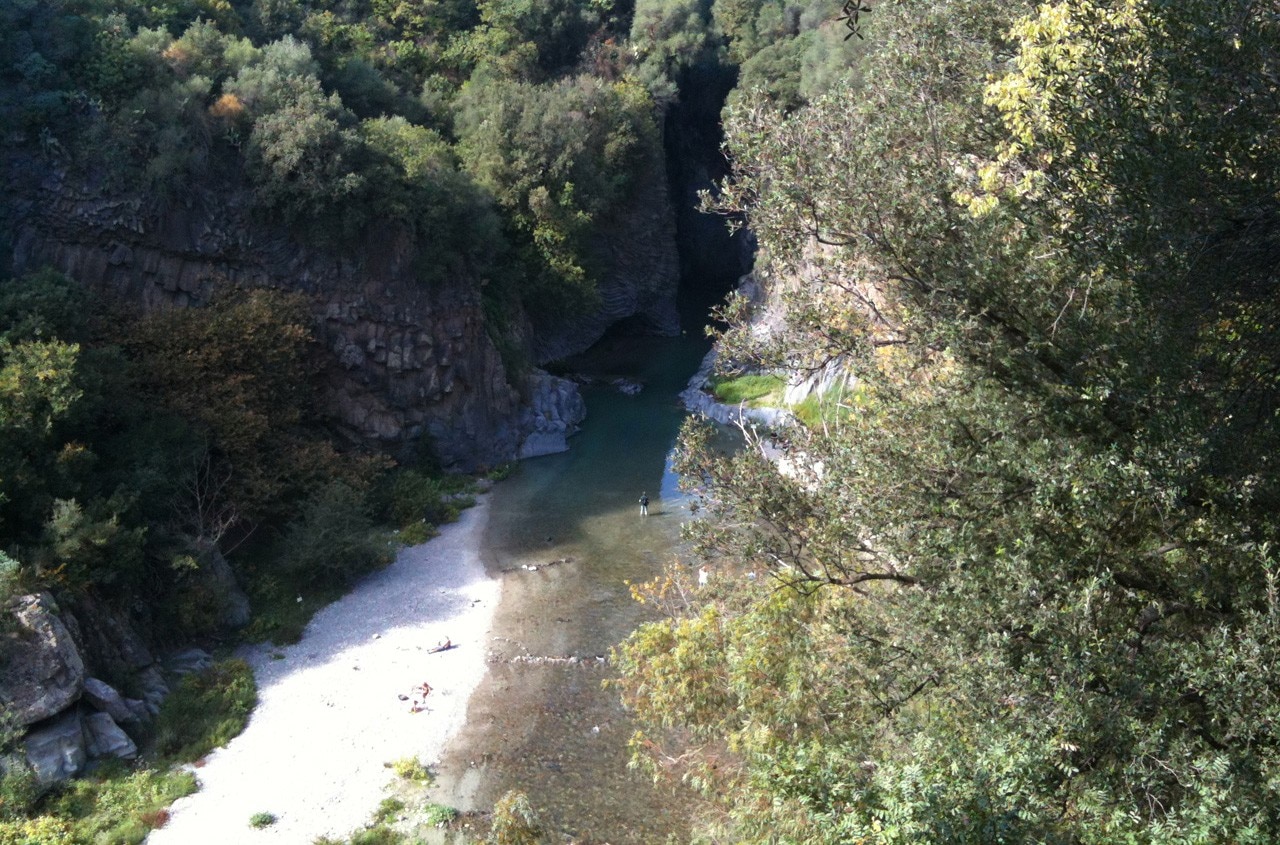
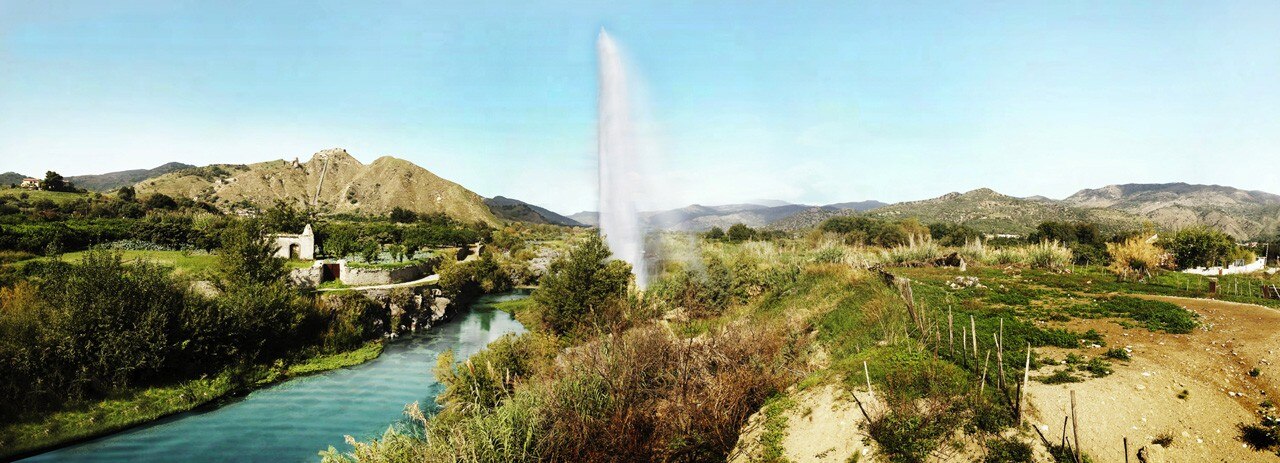
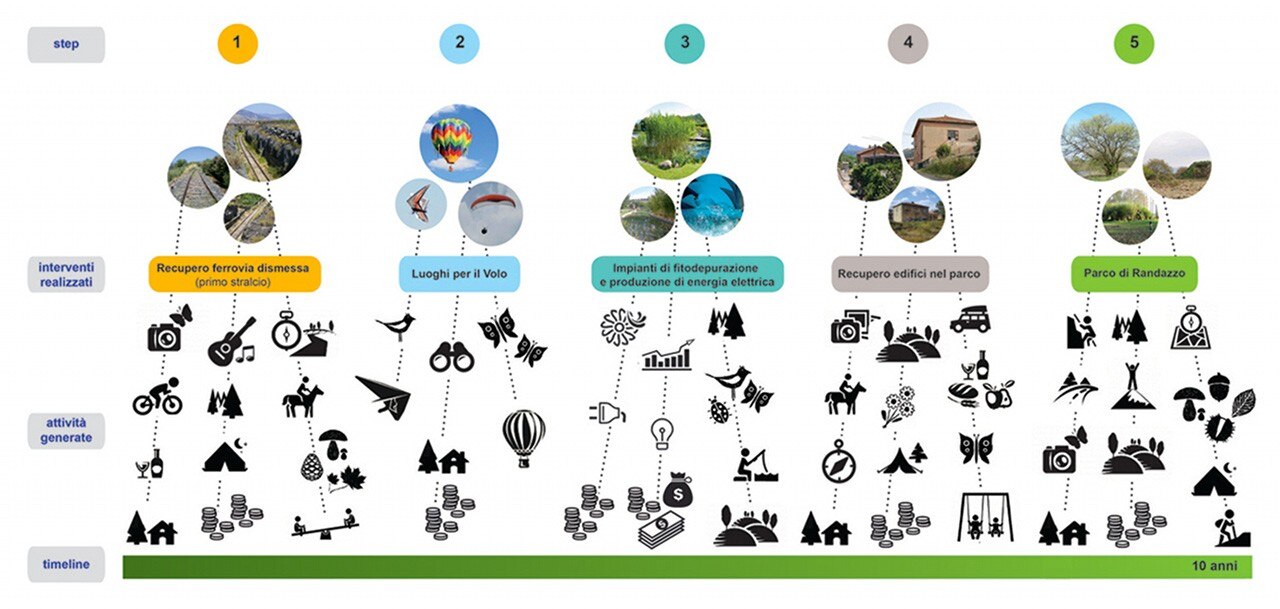
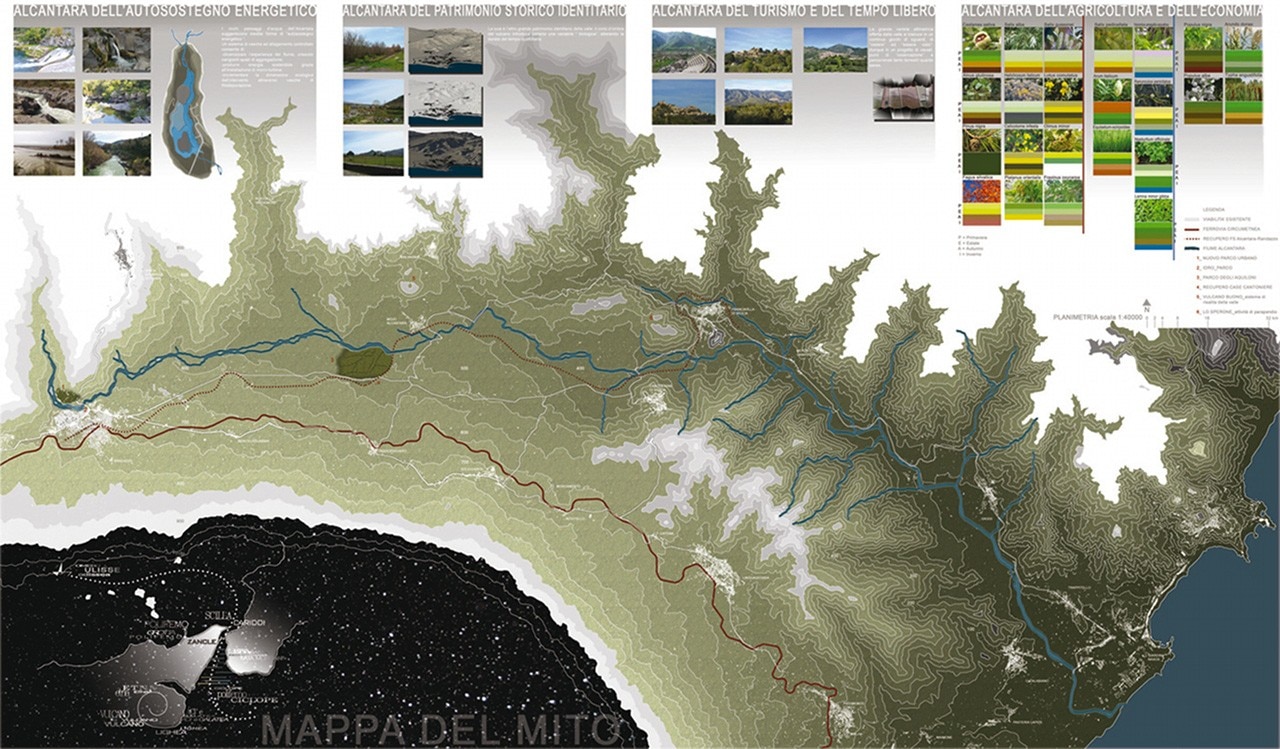
Students, landscape architects and architects started a debate and gave rise to a large workshop packed with ideas that generated a concrete abundance of visions based on different approaches but largely convergent proposals.
The Tamà and Dall'Ara project is attentive to existing historical presences and their regeneration with minimal interventions, as too the reinstatement of the waterways running transversally to the main course of the river. The project developed by Caporali and Alvarez displays a greater focus on architectural detail (the only one out of the five) and centres on a proposal to reinstate the existing railway along the river course and create a number of small stations featuring lavic-stone cage walls. In a more extensive project, Fiammingo and Scarpinato play instead on the desire to reconnect the Alcantara area to the landscape of Mt Etna, the Aeolian Islands and the Strait of Messina.
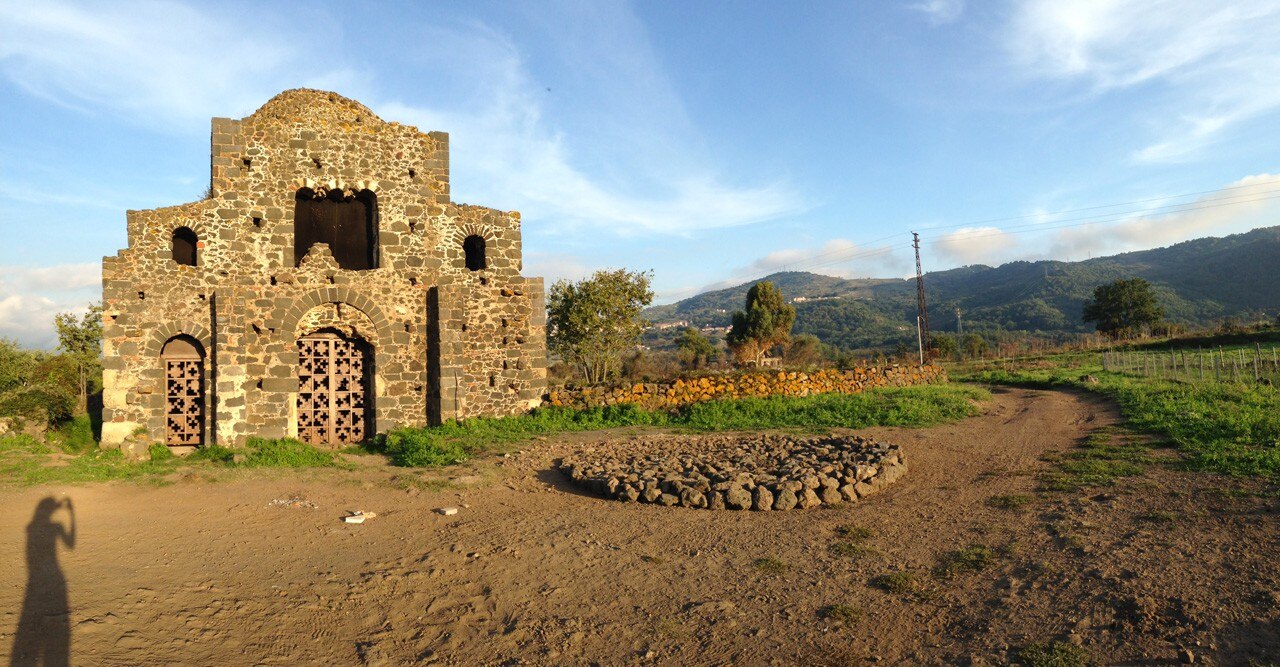
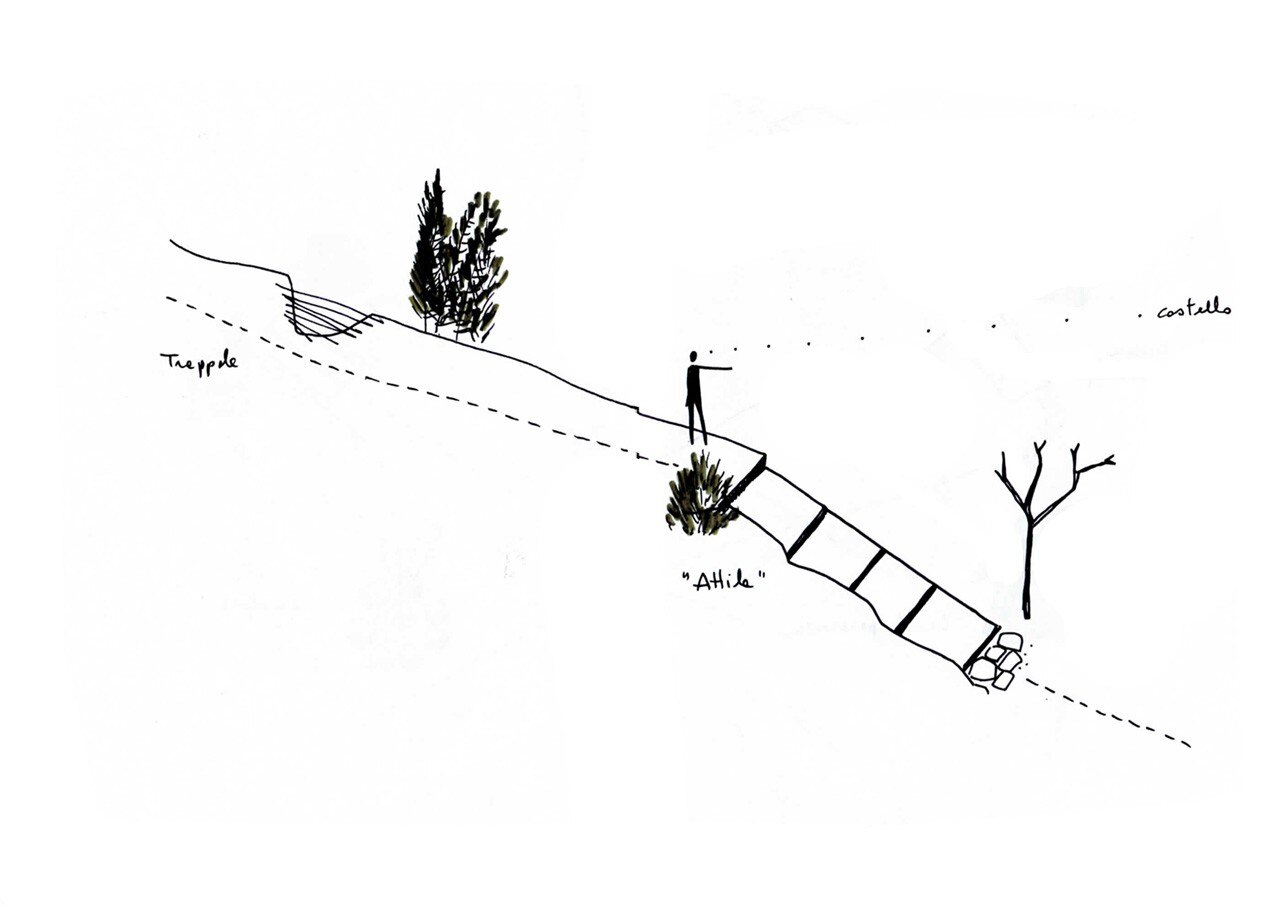
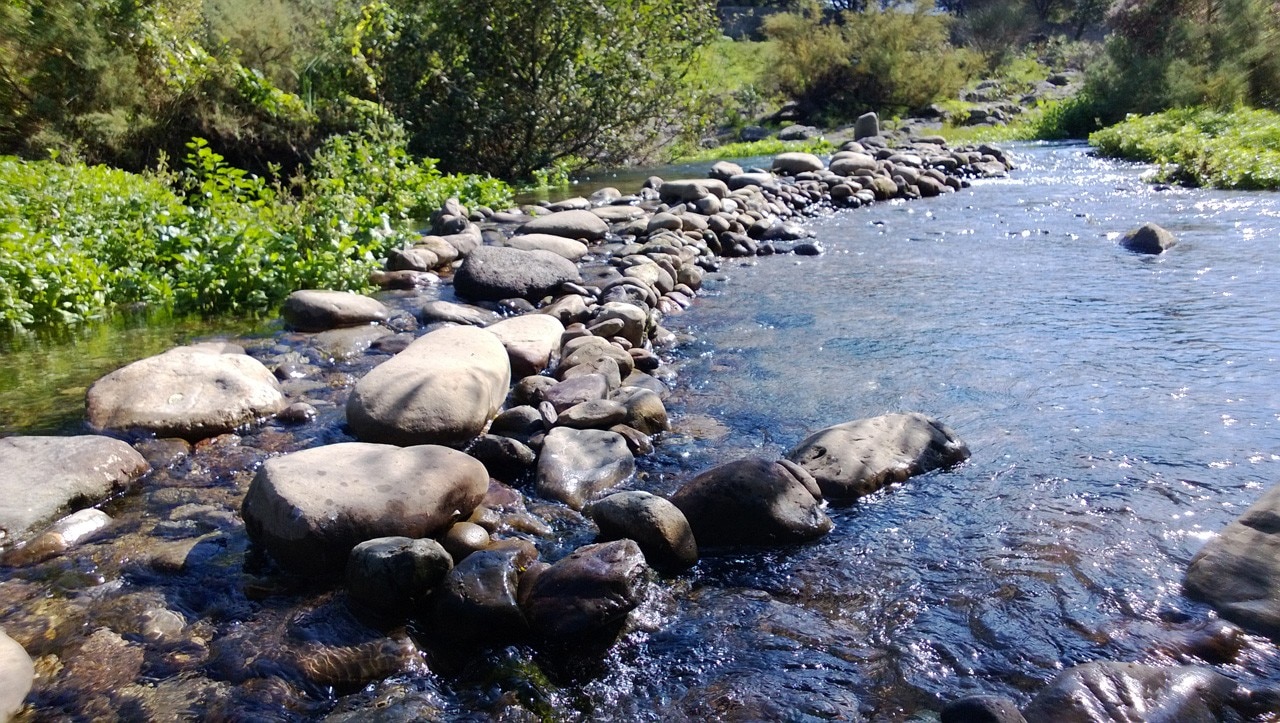
The ideas for the future of the Alcantara area are not lacking but they must now be shared with the local population and turned into a community project and priority.


